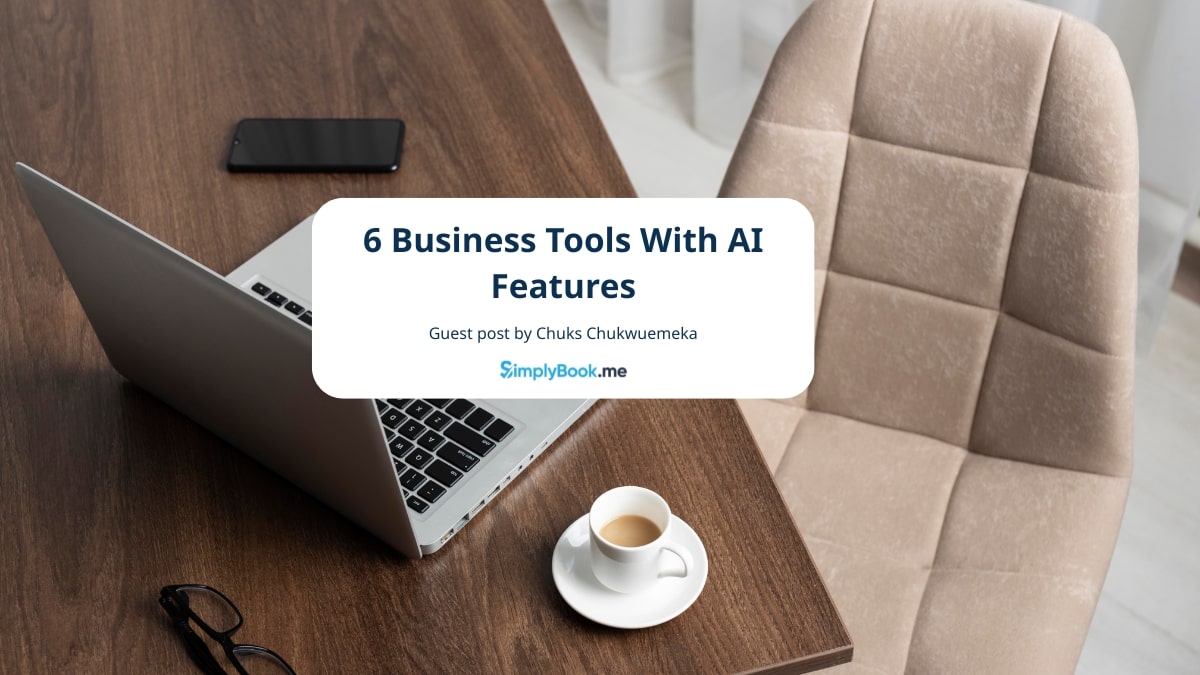Adult Education & Mid-Life Learning – Continuous learning is not just for the young,

This post is also available in:
![]()
![]()
![]()
![]()
The world is changing at an unprecedented rate. People worldwide are working, living and learning longer. Twenty years ago, we wouldn’t have dreamed of ordering our takeaway on a smartphone (they didn’t exist) or working for a company in whichever country suits our fancy. Yet now, we can plan, live and work happily and remotely on our smartphones, laptops or tablets. Continuous learning is not just for the young. Adult education and mid-life learning should be available to everybody. Everyone should be able to live their fullest life in the world that surrounds them without feeling sidelined or left behind.
What has changed?
Worldwide, retirement ages have increased, pensionable age (for countries with state pensions) has gone up, and people live far beyond the projected years that pension savings should cover.
Moreover, families have children later in life, meaning the optimum earning age needs to continue well into the fifties and sixties.
It’s not even that external factors have changed. People who live healthy lives for longer don’t feel the need or desire to retire at 65 or 70. Some people don’t want to stop working, while others feel energised to push forward with renewed vigour when their responsibilities and dependants are no longer a consideration.
Women*, who have taken career breaks to have and raise children, don’t feel ready to give up on a career that might just be peaking. I say women in context because these women have paved the way with careers and children in the mid/late-life learning group.
Yet, these changes have also brought about a revolution in adult education that can facilitate access to learning and training throughout a person’s life. Moreover, continuous learning is an untapped resource of learners eager to develop new life skills at a time of life when they have the opportunity to enjoy it. Or when they have the freedom to pursue a new career when they are financially sound.
*These figures might even out a little in the next twenty or more years as more men have chosen to be primary carers for their children.
Who is Accessing Adult Education?
It might not surprise you that people are leaving careers to start new businesses, try out a different path or follow a passion. And what people are doing in droves is seeking learning and development in their chosen ways. These are the target of your adult education efforts.
This could mean mastering a new skill to create a business or understanding accounting or business management for a skill they already have. Alternatively, it could be learning something just for joy or desire. No one said that everything we know has to have a work or employment focus.
Trainers and educators need to understand that a vast pool of potential students is just waiting to dive into adult education. The difference is that they have life experience and self-awareness they never had in their first shot at education. This is where educators can learn to be the first port of call for mid-life and older learners. These learners will demand more, but they also recognise quality.
Tapping the Pool for Mature Learners
Think of anything that matures well with age, like fine wine or artisanal cheese. Mature learners are no less valuable.
Whereas younger learners in schools, colleges and universities are there to build their employability stature and knowledge – because they have no work history or experience – mature students have soft skills, work experience, and more defined ideas for their fields of study.
However, despite the benefits of catering to the mature and ageing workforce, there is still a gap in the market for mature learning institutions. Now is a perfect time to build adult learning accommodation into any training or educational institute.
Accommodating Adult Education Needs
One of the main barriers to adult education in colleges and universities is the different obstacles compared to traditional 18-21 students. Whereas many learning institutions pay significant attention to the learning requirements of traditional school leavers, they miss the mark when it comes to accommodating older learners from different origins.
Some of the barriers older learners face:
- Not fitting in
- Other responsibilities
- Financial hardship
- Work/school balance
- School/life/work schedule
- Childcare
- Flexibility
While it might seem that adult students require much more accommodation to the learning environment, they also bring many benefits to a mixed educational sphere. They bring lived experience and advice from the real world that younger students can use to their advantage.
A mixed group of learners may require a broad support structure throughout their learner journey, but it creates a much broader scope of learning for both the older and the younger students. Accommodating mature learners benefits everyone.
How Creative Scheduling can Help Adult Education
A significant requirement of adult and mid-life education is flexibility. Unlike most young school leavers at 16 or 18, many adult and mid-life learners have additional responsibilities, such as family and work. So, providing better accommodation for those learners demands a more flexible and creative scheduling system. Easy access to lectures, classroom time, and the teachers and professors is crucial to enabling their educational journey.
Some examples of how creative and effective scheduling can accommodate adult education:
- Accessing live streaming of lectures and virtual classrooms from remote locations.
- Creating video lectures for those with time constraints who can’t attend live.
- Booking defined office hours with teachers and professors
- Video conferencing between class groups
- Scheduling Attendance for lab time (art studios, computer labs etc.)
There are many more ways that colleges and universities can accommodate adult learners. However, those mentioned above are directly linked to academic access, which is often the most restrictive aspect. Lecturers can’t be expected to deliver the same lecture multiple times a day. It loses some of its impact. Likewise, you can’t expect teachers and tutors to be available 24/7. Yet, if they can define their availability and students can book an appropriate time to talk to them, this makes life much easier for everyone – not just the mature students. The same goes for scheduling time with specialist equipment.
Scheduling can help to ensure valid access to students who want to attend remotely or watch the replay later. Most of the time, students will know if they can participate in person or not. Okay, emergencies happen, but they do for everyone. If students schedule their virtual attendance, you can provide restricted access to the live video feed. You don’t want to make it available to anyone who gets hold of a link.
Providing access to the recorded video at a later time can be achieved similarly. Moreover, building a lecture library can help you expand your reach to students who are purely online or overseas. It can also help you create new short courses and allow cross-referencing between departments.
Adult Education & The Boost to Business
It’s quite easy to see that accommodating adult and even late-life learners with some flexibility and creative scheduling can boost business. Moreover, unless your institution is entirely government-funded, it is in the business of making a profit.
Attracting and engaging learners from across age groups, backgrounds, and qualification levels can only be a good thing for your bottom line.



Comments
0 commentsNo comments yet